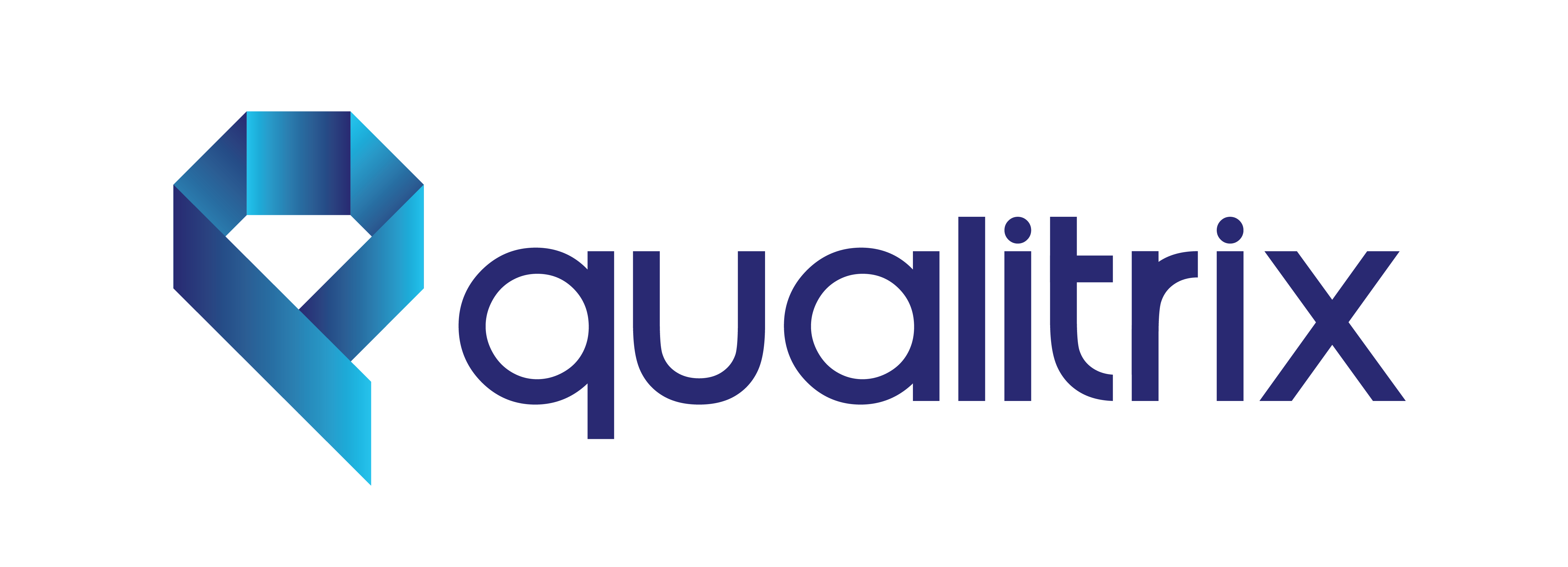Introduction
In the ever-evolving landscape of software development, the quest for high-quality, robust applications remains a constant. While traditional methods of quality assurance (QA) and test automation have played pivotal roles in achieving this goal, the emergence of Artificial Intelligence (AI) and Machine Learning (ML) has introduced a transformative paradigm shift. This blog aims to explore in depth the profound impact of AI and ML on test automation and quality assurance, shedding light on how these technologies are not merely augmenting but revolutionizing the way we ensure the reliability and resilience of software applications.
Automated Test Case Generation: Harnessing Algorithmic Intelligence for Comprehensive Testing
The creation of exhaustive test cases covering diverse scenarios has long been a challenge in test automation. AI and ML algorithms now play a pivotal role in overcoming this challenge. By delving deep into codebases, these algorithms can discern potential edge cases, boundary conditions, and critical paths. Leveraging historical data and patterns, they generate test cases that traditional methods might overlook, thereby elevating test coverage and ensuring a more thorough evaluation of the software’s functionality.
Intelligent Test Scripting and Maintenance: Dynamic Adaptability to Code Changes
Traditional test scripts often encounter challenges when faced with changes in the application code, necessitating frequent updates. Enter machine learning, offering intelligent test scripts capable of dynamically adapting to modifications in the user interface or underlying code. This adaptability significantly reduces the maintenance overhead, making the testing process more resilient and efficient in the face of evolving application architectures.
Predictive Analysis for Defect Prevention: Proactively Identifying and Mitigating Risks
Beyond mere defect detection, AI models engage in predictive analysis by scrutinizing historical defect data to identify patterns and trends. This proactive approach enables development teams to address potential issues before they escalate, significantly mitigating risks. The integration of AI in defect prevention not only saves time and resources but also fosters a more robust and efficient software development lifecycle.
Efficient Test Execution and Prioritization: Streamlining Processes with AI Insights
AI-driven algorithms optimize the test execution process by intelligently prioritizing test cases based on criticality and impact. This ensures that essential functionalities are rigorously tested while minimizing the time required for the testing cycle. Intelligent test prioritization leads to faster feedback loops, facilitating the swift identification and resolution of critical issues, thereby expediting the software development lifecycle.
Automated Bug Detection and Root Cause Analysis: Accelerating Debugging through AI Insights
Swift bug identification and resolution are pivotal in the software development lifecycle. AI-powered tools automate the detection and reporting of anomalies during testing. Moreover, machine learning algorithms assist in root cause analysis, aiding QA teams in pinpointing the exact source of a problem. This not only accelerates the debugging process but also enhances the overall efficiency of software development.
Natural Language Processing (NLP) for Requirement Understanding: Bridging the Communication Gap
The translation of requirements into test cases poses a complex challenge. Natural Language Processing (NLP) algorithms come to the rescue by enabling machines to comprehend and extract relevant information from textual requirements. This streamlines the test case creation process, reducing the likelihood of misinterpretation or omission of critical details. NLP fosters better communication between development and testing teams, enhancing collaboration and understanding.
Performance Testing Optimization: AI’s Role in Scalability and Robustness
The application of AI and ML in performance testing goes beyond traditional methods. These technologies simulate real-world scenarios, predicting how an application will perform under different conditions. By analyzing large datasets, machine learning algorithms identify performance bottlenecks and suggest optimizations, leading to more robust and scalable software. AI’s role in performance testing ensures that applications not only meet but exceed performance expectations.
Continuous Testing and Continuous Integration: Accelerating the Feedback Loop with AI Insights
Integrating AI and ML into continuous testing and continuous integration processes expedites the feedback loop. Automated analysis of test results, coupled with machine learning algorithms, identifies patterns and trends over time. This continuous feedback loop empowers development teams to make data-driven decisions, fostering a culture of continuous improvement and ensuring ongoing enhancements in software quality.
Behavioral Testing with AI: Ensuring Intuitive User Experiences
AI-driven tools excel in simulating user behavior and interactions with applications. This enables comprehensive testing of user interfaces and experiences, going beyond traditional testing methodologies. By mimicking real-world scenarios, these tools ensure that the application meets user expectations and functions seamlessly across different environments. Behavioral testing with AI focuses on user-centric scenarios, guaranteeing a positive and intuitive user experience.
Security Testing Reinforcement: Identifying and Mitigating Security Risks with AI
The complexity of modern software applications exposes them to security vulnerabilities. AI and ML play pivotal roles in enhancing security testing by identifying potential threats, vulnerabilities, and anomalies in the code. Machine learning algorithms learn from historical data to recognize patterns associated with security risks, enabling more effective security testing. The incorporation of AI reinforces security measures, fortifying the software against potential cyber threats and ensuring the integrity of sensitive data.
Conclusion
The integration of AI and ML into test automation and quality assurance processes represents a watershed moment in software development. These technologies bring unparalleled efficiency, accuracy, and adaptability to the testing landscape, challenging traditional norms and redefining industry standards. As the software industry continues its relentless evolution, organizations that embrace AI and ML in their QA processes are not just staying competitive; they are pioneering the future of software development. With ongoing investments and advancements in these cutting-edge technologies, we can anticipate a future where test automation and quality assurance are synonymous with innovation and efficiency, driving the software industry towards new horizons of excellence.

